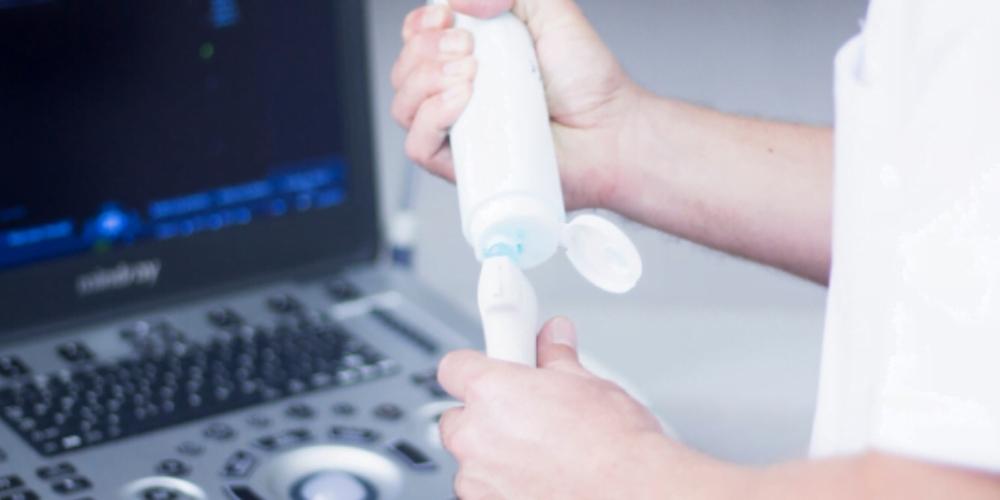In a recent study conducted at George Washington University in Washington, D.C., researchers found a new method to treat diabetes via ultrasound. They recently presented their findings at the 177th meeting of the Acoustical Society of America (ASA) in Louisville, KY.
In the study, which was performed on mice, investigators used ultrasound to prompt the release of insulin from beta cells in the pancreases of the test subjects. The sound was transmitted to the abdomen in a transcutaneous way to avoid the breaking of skin.
Ultrasound has been used by medical practitioners as a diagnostic imaging technique for decades and has been a trusted method during the COVID-19 pandemic. Recently, however, researchers have begun to investigate its use as a treatment for diabetes as well as other conditions. For example, some investigators have been studying the use of ultrasound as a treatment option for Parkinson’s disease and as a way to combat prostate cancer.
In previous studies, researchers have proven that ultrasound can play a role in triggering the release of insulin in cultured beta cells. In this most recent study presented at the ASA meeting, the team wanted to see whether this would be possible in a living animal.
For the purposes of the study, they gave mice either a control treatment or a single 5-minute exposure to ultrasound waves at a 1-megahertz frequency. They also took blood samples before and after the control or ultrasound treatment was performed. The investigators noted how there appeared to be no damage to the skin or internal organs of the mice as a result of the ultrasound treatment.
The researchers were pleased to find that the mice that had undergone the ultrasound treatment experienced increased levels of insulin production compared to the control mice. Furthermore, they also noted how the exposure to ultrasound did not result in a reduction in glucose levels. The researchers did not expect glucose in the blood to remain stable, so the team will continue to investigate this finding.
The authors concluded, “We expect that our approach, with careful selection of ultrasound parameters, may provide a safe, controlled, and targeted stimulation of insulin release from the pancreatic beta cells.” Such a development would provide a new, drug-free treatment for diabetes patients.
Due to the complex role of the pancreas, the team will continue to research the potential side effects of the ultrasound treatment. As co-author Tania Singh explained, “The pancreas has a number of other roles in addition to producing insulin, including the release of antagonistic hormones and digestive enzymes.” Thus, there is a concern that stimulating the pancreas could not only trigger the insulin but go beyond that and trigger other biological products alongside it. This could result in a wide variety of effects.
The results of the study are promising and likely to generate discussion within the medical community. It is, however, important to note that the ultrasound treatment is only in its first stage of research. As Singh said, “Our work is an important first step in stimulating endocrine tissue.”
Ultimately, the researchers are hopeful that in the future ultrasound will become an option to treat diabetes.







